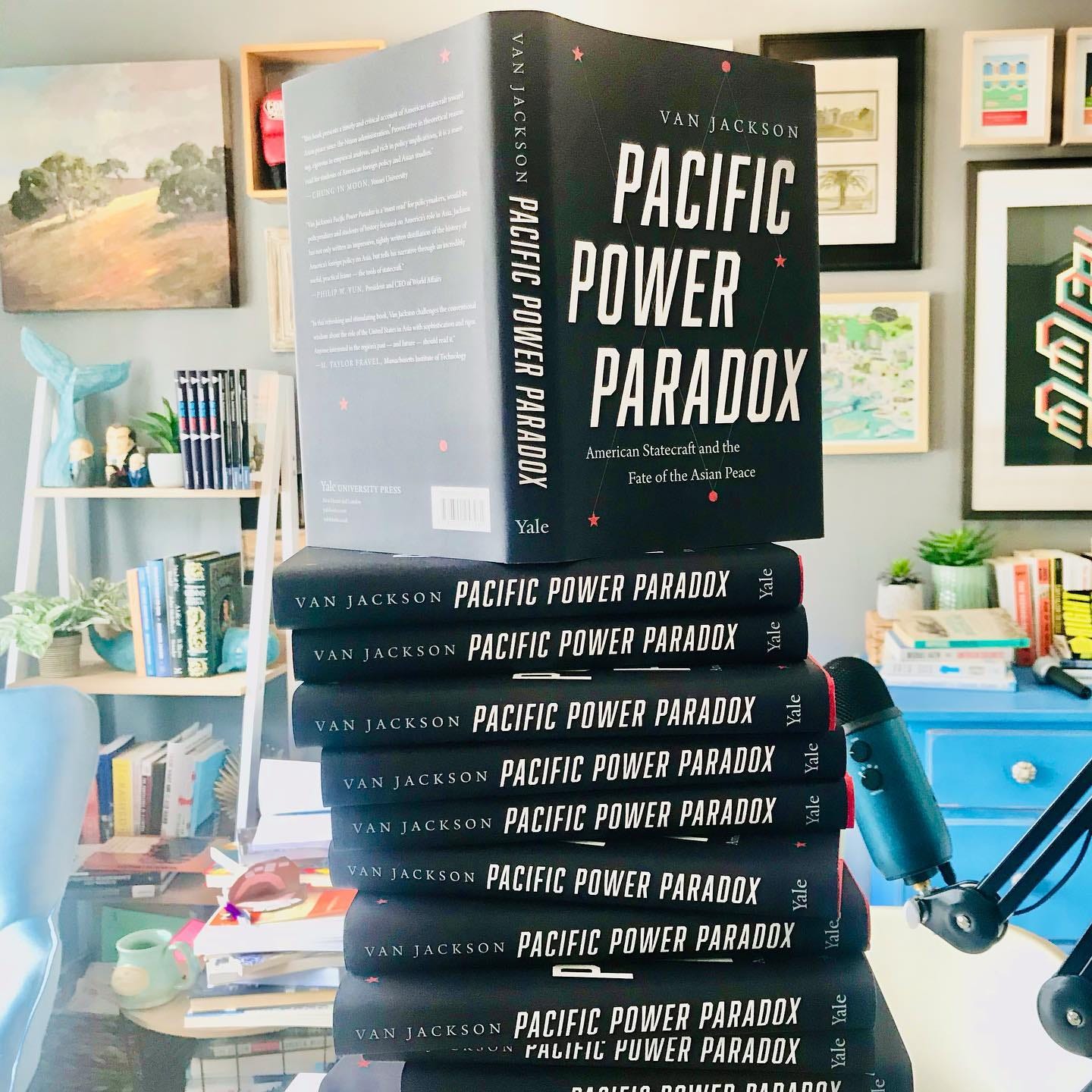The Backstory on Pacific Power Paradox: Part I of II

Today’s the big release day for Pacific Power Paradox: American Statecraft and the Fate of the Asian Peace. If your heart is pure and your intentions noble, then Pacific Power Paradox is calling out to you from wherever fine books are sold. Be your best self and buy a copy. 😀
The book is not nearly as polemical as I sometimes am. It’s policy relevant sc…



